Table of Contents
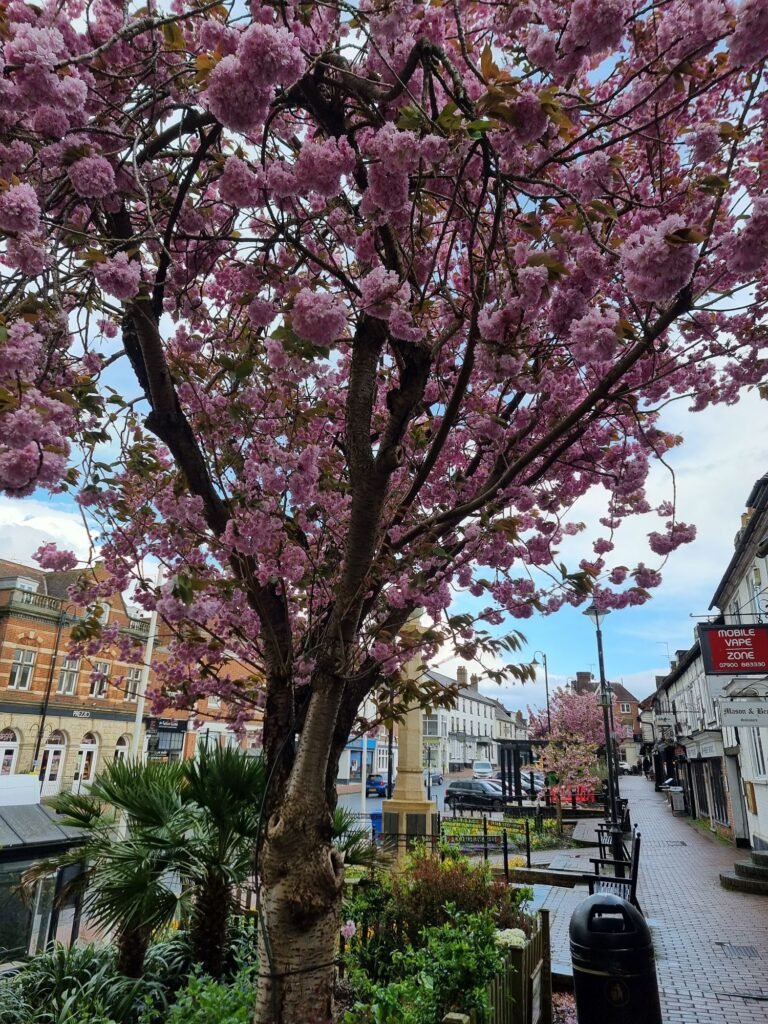
As you stroll along the bustling high street, adorned with shops and cafes, you may be surprised to encounter a touch of natural beauty amidst the urban landscape – cherry blossom tree in full bloom. During the spring months, if you’re lucky to catch the season just right, the high street transforms into a picturesque scene, with delicate pink and white blossoms adorning the trees, casting a dreamy ambiance over the bustling thoroughfare. This fleeting display of nature’s splendor is just one of the many joys of cherry blossom season.

Are you eagerly searching for “cherry blossom near me” to witness nature’s breathtaking display? Look no further! Cherry blossom, also known as sakura, offer a stunning spectacle that captivates hearts around the world. In our latest blog post, we delve into the enchanting world of cherry blossom near you, exploring where to find them, their cultural significance, and why they hold a special place in our hearts. Join us on a journey through the beauty of cherry blossom tree and discover the magic that awaits just around the corner of United Kingdom.
Origin and Blooming Season:
Origin of Cherry Blossom Tree:
Cherry blossom, or sakura in Japanese, have a long and storied history that traces back to ancient Japan. The cultivation and appreciation of cherry blossoms began over a millennium ago, with early references found in Japanese poetry and literature dating back to the 8th century. The cherry blossom holds deep cultural significance in Japan, symbolizing the fleeting beauty of life and the transient nature of existence.
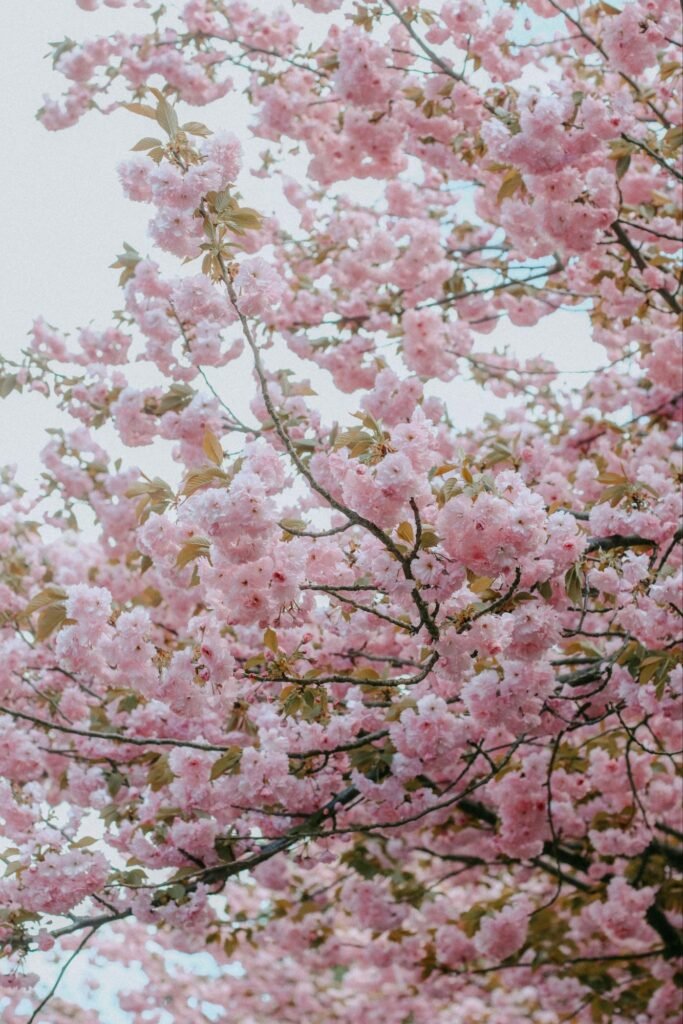
The practice of hanami, or flower viewing, emerged during the Heian period (794-1185 AD) when aristocrats would gather under cherry blossom tree to celebrate the arrival of spring and enjoy the beauty of the blossoms. Over time, hanami became a beloved tradition enjoyed by people of all social classes, evolving into a cultural phenomenon that continues to this day.
Blooming Season:
The blooming season of cherry blossom varies depending on factors such as geographic location, climate, and weather conditions. In Japan, cherry blossoms typically begin to bloom in late March to early April, starting in the southern regions and gradually spreading northward. The exact timing of the blooming season is closely monitored and eagerly anticipated each year, with the Japanese Meteorological Agency issuing cherry blossoms forecasts to help people plan their hanami celebrations.
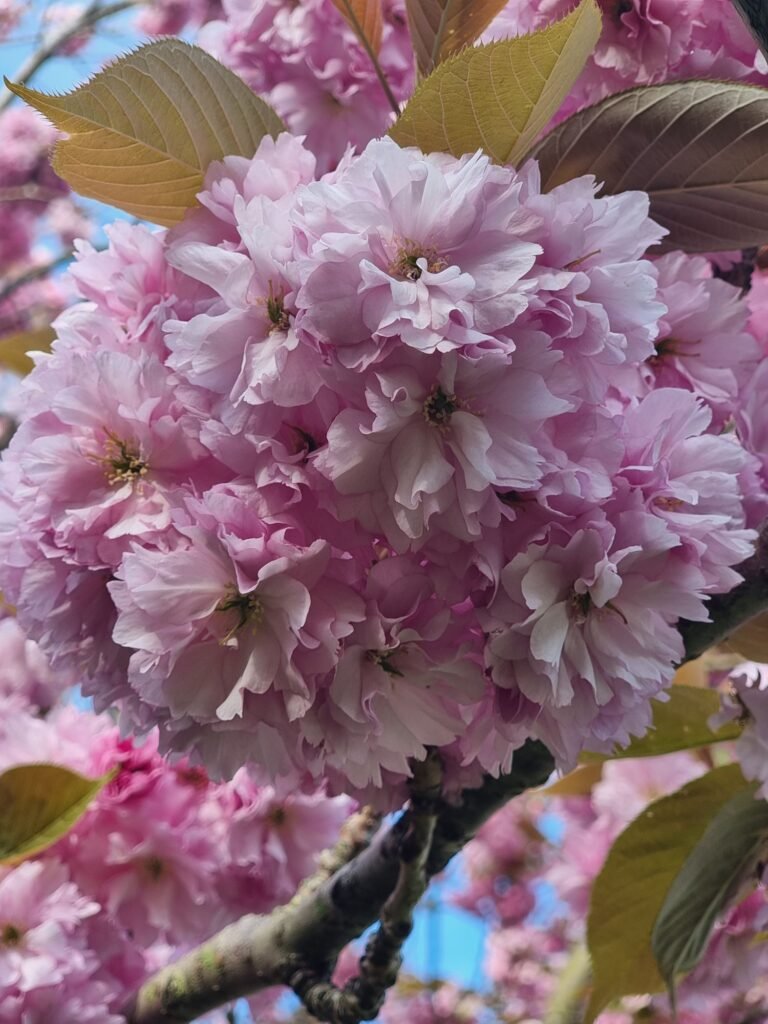
In the United Kingdom, cherry blossom season typically occurs from late March to early May, although the exact timing can vary depending on local climate conditions. As spring arrives and temperatures begin to rise, cherry trees across the country burst into bloom, transforming parks, gardens, and streetscapes into breathtaking displays of pink and white. People eagerly await the arrival of cherry blossom tree season, marking the end of winter and the beginning of warmer, sunnier days.

The blooming season of cherry blossom tree is a time of celebration and joy, bringing communities together to appreciate the beauty of nature and the promise of new beginnings. Whether in Japan or around the world, the sight of cherry blossoms in full bloom is a spectacle to behold, evoking a sense of wonder and awe that transcends cultural boundaries.
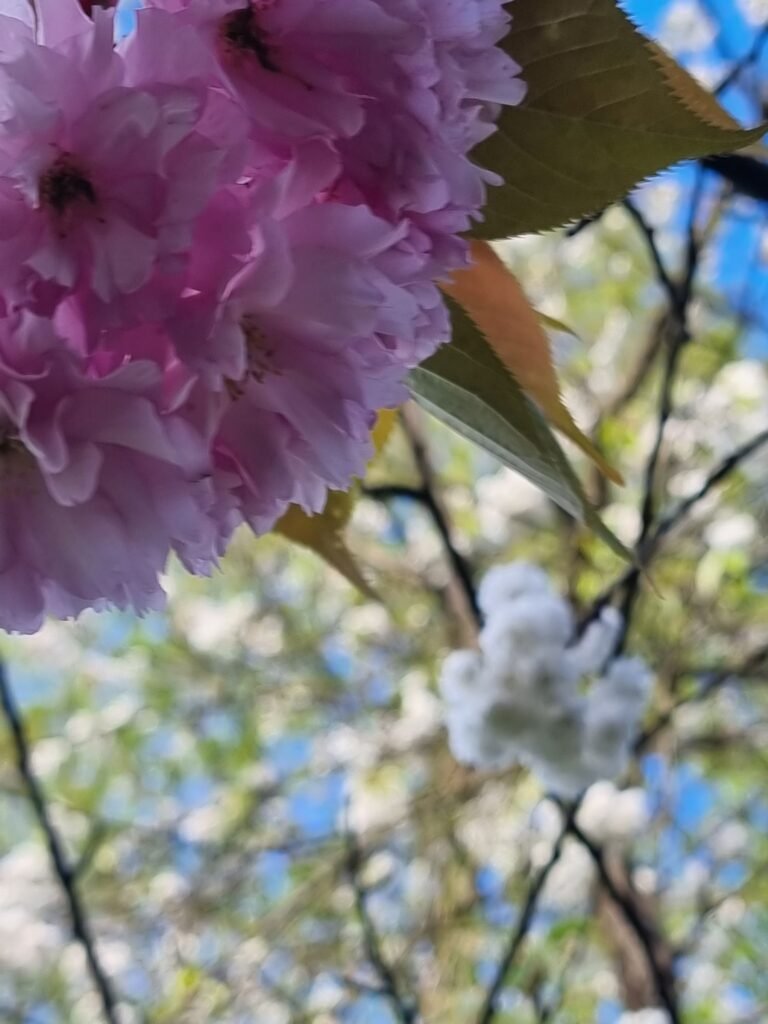
History in the UK
The history of cherry blossom tree in the United Kingdom is a tale of friendship, diplomacy, and natural beauty that spans over a century. It began in 1907 when Japan gifted 2,000 cherry trees to the city of London as a symbol of friendship between the two nations. The mayor of Tokyo at the time, Yukio Ozaki, presented the cherry trees to London as a gesture of goodwill, mirroring a similar gift of cherry trees to Washington, D.C., by the mayor of Tokyo in 1912.
These were planted in various locations across London, including prominent parks such as Kew Gardens and Regent’s Park, where they continue to thrive and bloom each spring. The gift of cherry trees from Japan to the UK symbolized the deepening ties between the two countries and served as a testament to the enduring power of cultural exchange and diplomacy.

Over the years, the tradition of planting cherry trees in the UK has continued, with many parks, gardens, and public spaces featuring their own collections of these beautiful trees. Cherry blossom festivals and events are held in cities across the country, attracting visitors from near and far to celebrate the arrival of spring and the beauty of the blossoms.
One of the most iconic cherry blossom plantings in the UK is in Regent’s Park, where visitors can stroll along tree-lined avenues adorned with delicate pink blossoms. Each spring, the park comes alive with color as cherry trees burst into bloom, creating a stunning backdrop for picnics, walks, and leisurely strolls.
The history of cherry blossom in the UK serves as a reminder of the enduring bonds of friendship between nations and the universal appeal of nature’s beauty. As the cherry trees continue to bloom each spring, they provide a sense of connection to the natural world and inspire awe and wonder in all who behold them.
Description of Cherry Blossoms:
Cherry blossom, scientifically known as Prunus serrulata, are a species of flowering tree native to East Asia. These trees belong to the genus Prunus, which also includes other fruit-bearing trees such as plums, peaches, and almonds. Cherry blossoms are deciduous, meaning they shed their leaves annually, and their delicate flowers bloom in clusters along the branches.
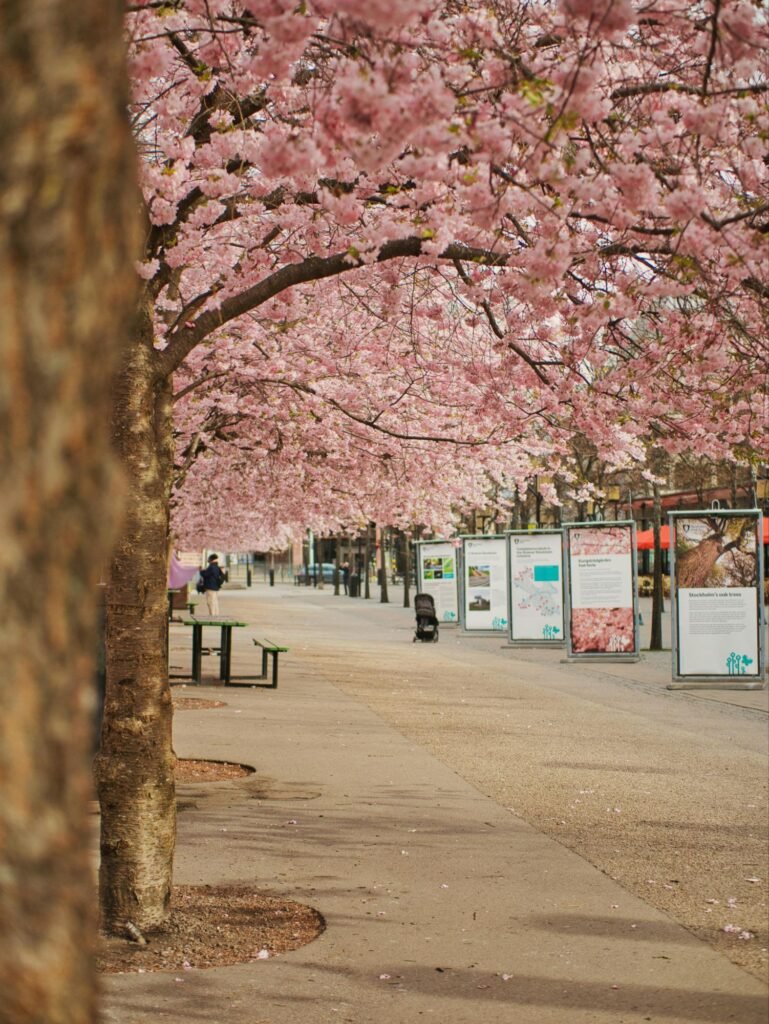
The blossoms themselves consist of five petals arranged in a graceful spiral pattern, creating a visually stunning display of color and symmetry. The flowers can range in color from soft pink to pure white, with some varieties featuring shades of blush, rose, or coral. Each blossom emits a subtle, sweet fragrance that fills the air, adding to their ethereal beauty and charm.
Cherry blossoms typically bloom for a short period, usually lasting only one to two weeks, depending on weather conditions. The timing of the bloom is closely tied to the arrival of spring, with warmer temperatures triggering the flowers to open. As the blossoms begin to fall from the trees, they create a poetic scene reminiscent of falling snow, adding to the magic and allure of cherry blossom tree season.
Significance of Cherry Blossoms:
Cherry blossoms hold deep cultural and symbolic significance in many cultures around the world, particularly in Japan, where they are revered as national symbols. In Japanese culture, cherry blossoms symbolize the transient nature of life and the beauty found in impermanence. This concept, known as mono no aware, emphasizes the fleeting beauty of nature and the importance of cherishing each moment.
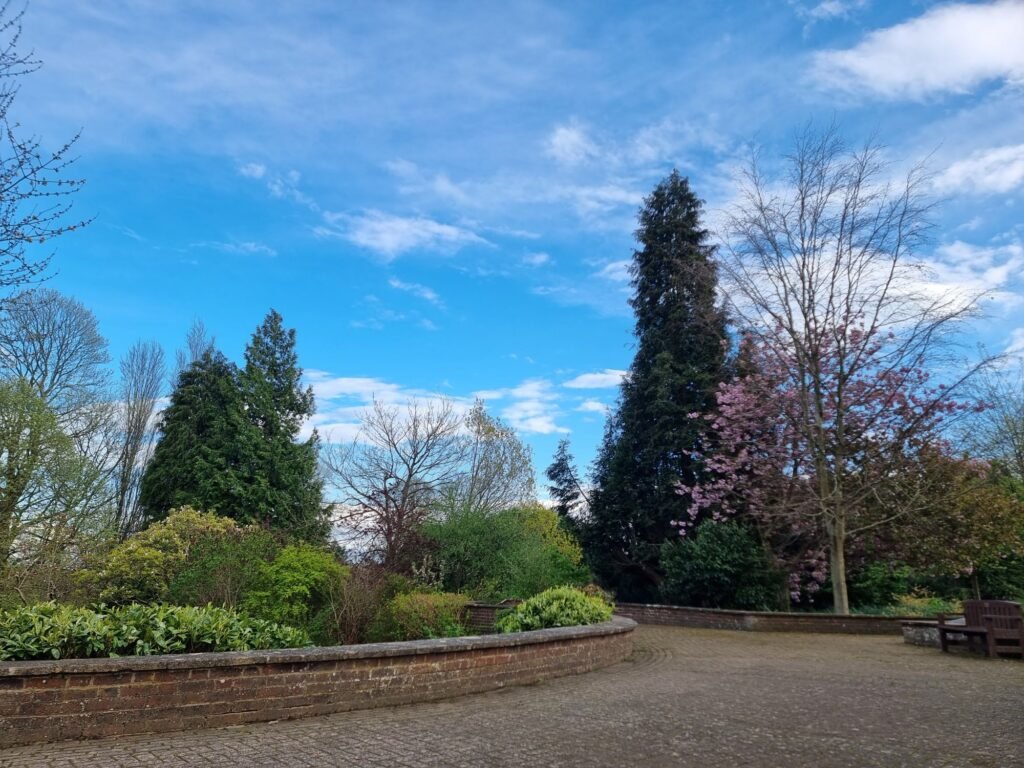
The practice of hanami, or flower viewing, has been celebrated in Japan for centuries, bringing people together to appreciate the beauty of cherry blossoms and enjoy the arrival of spring. Hanami festivals are held in parks, gardens, and other public spaces across Japan, where families and friends gather to picnic, socialize, and admire the blossoms in bloom.
Beyond their cultural significance, cherry blossoms also hold personal meaning for many people, symbolizing hope, renewal, and the promise of new beginnings. The sight of cherry blossoms in full bloom can evoke a sense of wonder and awe, inspiring feelings of joy, gratitude, and appreciation for the natural world.
Overall, cherry blossom tree are cherished for their exquisite beauty, cultural significance, and symbolic meaning. Their annual bloom serves as a reminder to embrace life’s fleeting moments, find beauty in impermanence, and celebrate the timeless cycle of renewal and rebirth that defines the arrival of spring.
Why Are Cherry Blossoms Special?
Cherry blossom tree hold a special place in the hearts of people worldwide due to their stunning aesthetic and symbolic meaning. The fleeting nature of cherry blossoms serves as a poignant reminder to appreciate life’s fleeting moments and find beauty in impermanence.
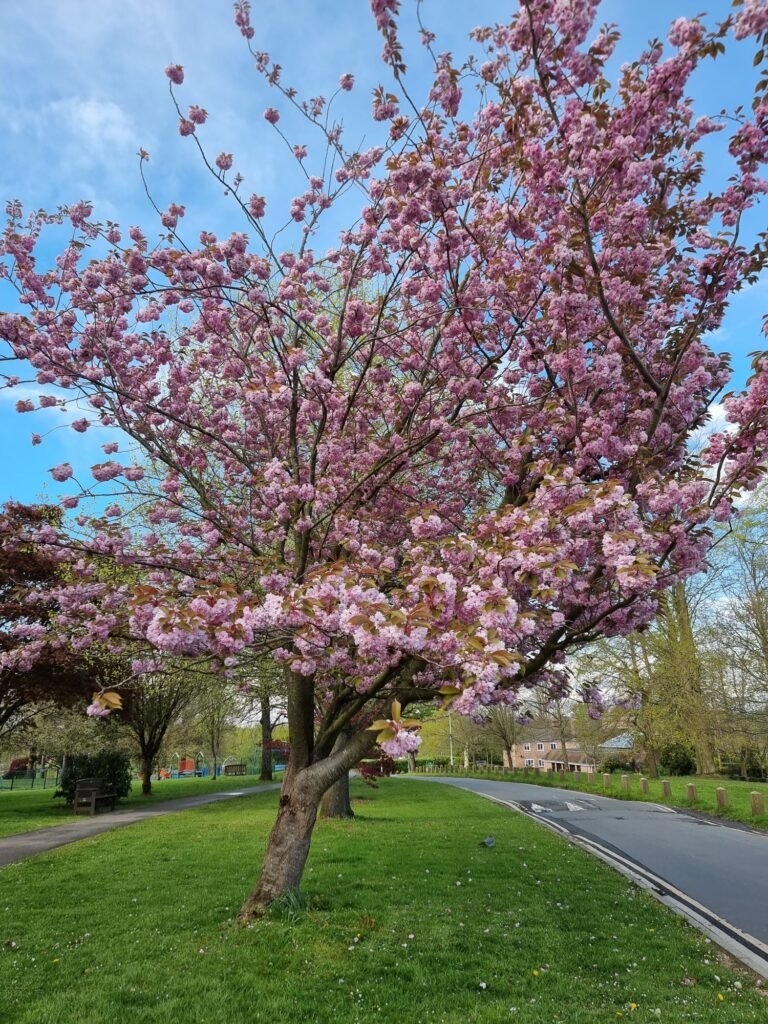
Cherry blossoms are special for a multitude of reasons, deeply ingrained in cultural, historical, and natural significance that transcends mere aesthetic beauty:
1. Symbolism of Renewal and Hope:
Cherry blossoms symbolize the arrival of spring, a season of renewal and rebirth. Their blossoming marks the end of the cold, barren winter months and heralds the beginning of warmer, brighter days. This symbolism of new beginnings and fresh starts resonates with people around the world, offering a sense of hope and optimism.

2. Cultural Significance:
In Japan, cherry blossoms hold profound cultural significance and are deeply rooted in the country’s history and traditions. The practice of hanami, or flower viewing, has been celebrated for centuries, bringing communities together to appreciate the beauty of cherry blossoms and enjoy the fleeting moments of their bloom. Cherry blossom tree festivals, such as the famous Sakura Matsuri in Tokyo, attract millions of visitors each year, showcasing the cultural importance of these flowers.
3. Beauty in Impermanence:
Cherry blossoms embody the concept of mono no aware, a Japanese term that refers to the awareness of the impermanence of life and the beauty found in fleeting moments. The short-lived bloom of cherry blossoms serves as a poignant reminder to cherish the present moment and appreciate the transient beauty that surrounds us. This philosophy encourages mindfulness and a deeper appreciation for life’s ephemeral joys.

4. Inspiration for Art and Literature:
Cherry blossoms have inspired artists, poets, and writers for centuries, serving as a muse for countless works of art, literature, and poetry. Their delicate petals and ethereal beauty evoke a sense of wonder and awe, sparking creativity and imagination. From traditional Japanese paintings to contemporary novels and films, cherry blossoms continue to captivate hearts and inspire creativity across cultures.
5. Connection to Nature:

Cherry blossoms offer a profound connection to the natural world, reminding us of our interconnectedness with the environment and the cycles of life. Their annual bloom serves as a seasonal marker, signaling the changing of the seasons and the rhythms of nature. Spending time among cherry blossoms can evoke a sense of tranquility and serenity, providing solace and rejuvenation in our increasingly fast-paced world.
Overall, cherry blossoms are special not only for their breathtaking beauty but also for the deeper layers of meaning and symbolism they carry. They serve as a reminder of the beauty of impermanence, the promise of new beginnings, and the timeless connection between humanity and the natural world.
Fun Facts About Cherry Blossoms:
1. Symbol of Friendship:

The gift of cherry blossoms from Japan to other countries is a symbol of friendship and goodwill. In addition to the famous gift of cherry trees to Washington, D.C. and London, Japan has also donated cherry trees to other cities around the world, fostering international diplomacy and cultural exchange.
2. Edible Flowers:
While cherry blossom are primarily known for their ornamental beauty, the blossoms are also edible and have culinary uses in Japanese cuisine. Cherry blossoms are often preserved in salt or pickled in vinegar and used as a garnish or ingredient in traditional dishes such as sakura mochi (rice cakes) and sakurayu (cherry blossom tea).
3. Cherry Blossom Forecast:

In Japan, the blooming of cherry blossoms is closely monitored and forecasted by the Japan Meteorological Agency. The agency provides sakura zensen (cherry blossom front) forecasts, predicting when and where cherry blossoms will bloom across the country. These forecasts are eagerly awaited each year and help people plan their hanami celebrations.
4. National Symbol of Japan:
Cherry blossoms, known as sakura in Japanese, hold special significance as national symbols of Japan. The cherry blossom is featured on various Japanese cultural artifacts, including currency, artwork, and traditional clothing. The annual blooming of cherry blossoms is celebrated with festivals and events throughout Japan, attracting millions of visitors from around the world.
5. Cherry Blossom Varieties:
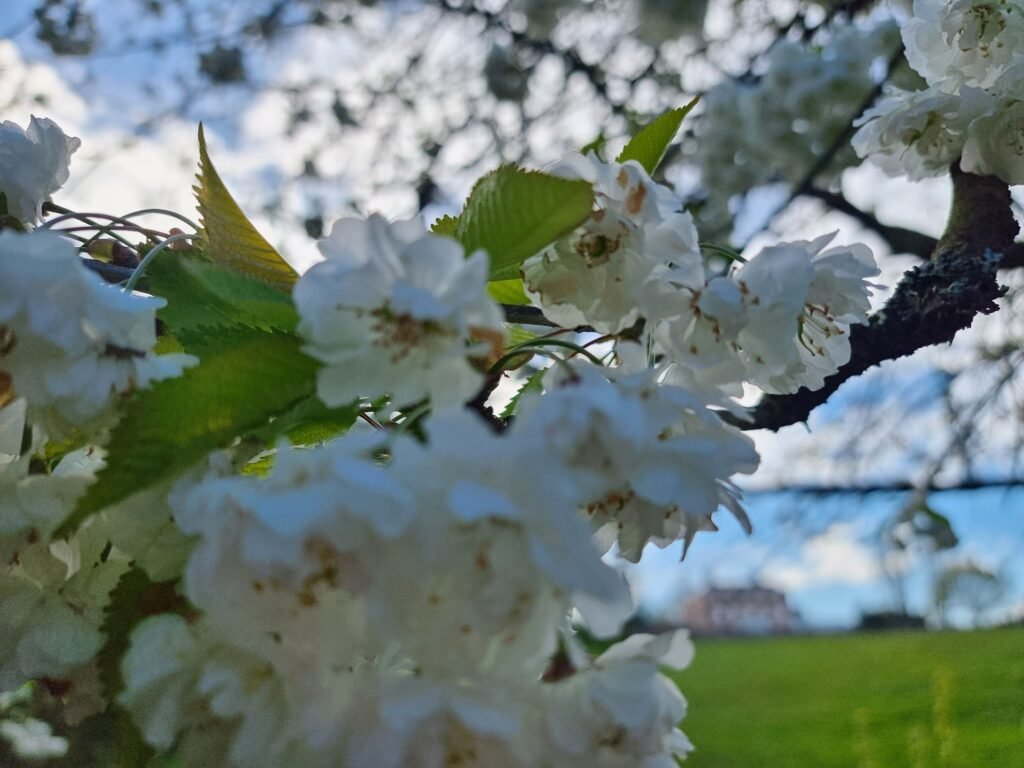
There are over 600 varieties of cherry trees in Japan, each with its unique characteristics and bloom times. Some popular cherry blossom varieties include the Yoshino cherry (Prunus × yedoensis), which features single-petaled white flowers, and the Somei Yoshino cherry (Prunus × yedoensis ‘Somei-yoshino’), known for its pale pink flowers.
6. Cherry Blossom Festivals:
Cherry blossom festivals, known as Hanami, are celebrated in Japan and other countries to commemorate the blooming season. These festivals typically involve picnics, parties, and traditional performances held under cherry blossoms. In addition to Japan, cherry blossom festivals are also held in countries such as the United States, South Korea, and the Netherlands.
7. Cherry Blossoms in Art and Literature:
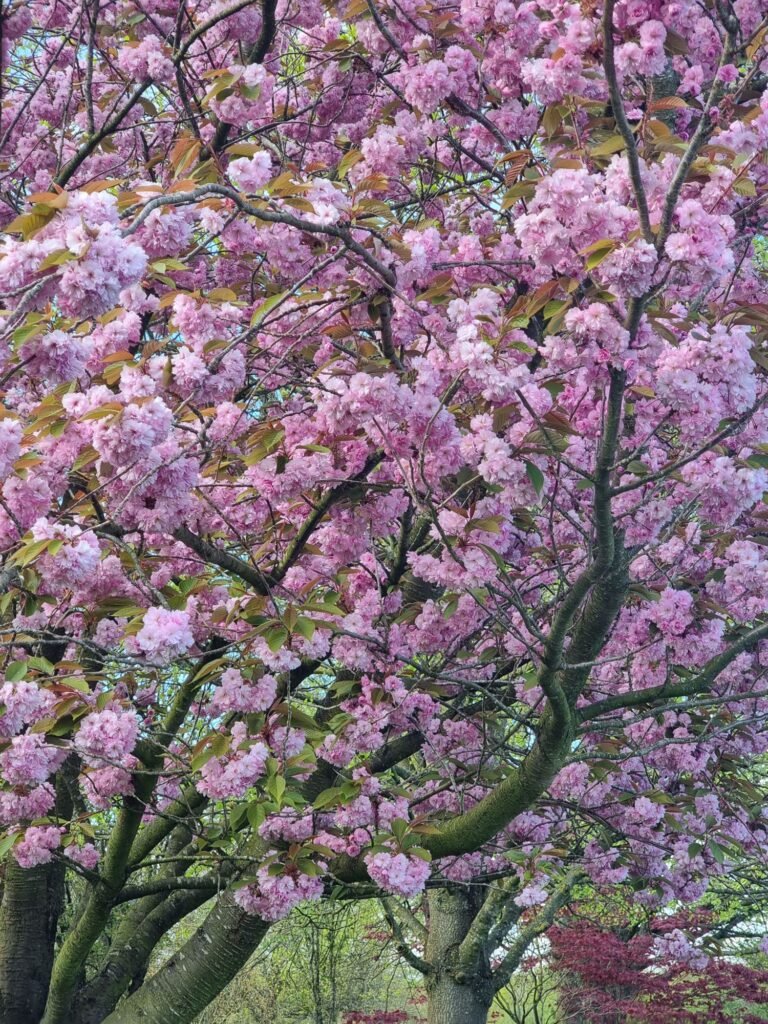
Cherry blossoms have inspired artists, poets, and writers for centuries, serving as a muse for countless works of art, literature, and poetry. The delicate beauty of cherry blossoms is often depicted in traditional Japanese paintings, prints, and textiles, as well as modern-day artworks and designs.
8. Cherry Blossoms Around the World:
While Japan is perhaps most famous for its cherry blossoms, these beautiful flowers can be found in other parts of the world as well. Many cities and regions, including Washington, D.C., Paris, Vancouver, and South Korea, have their own cherry blossom festivals and plantings, attracting visitors from near and far to enjoy the beauty of these iconic flowers.
Where to See Cherry Blossoms in the UK:
1. Kew Gardens, London:
Kew Gardens, located in southwest London, is home to a stunning collection of cherry blossom trees that bloom each spring. Visitors can stroll through the gardens and enjoy the sight of cherry blossoms in bloom, alongside other botanical wonders. Kew Gardens often hosts special events and exhibitions during cherry blossom season, making it a popular destination for nature enthusiasts and garden lovers alike.
2. Regent’s Park, London:
Regent’s Park, one of London’s most iconic green spaces, features tree-lined avenues adorned with cherry blossom trees. Each spring, the park comes alive with color as cherry trees burst into bloom, creating a picturesque setting for picnics, leisurely walks, and outdoor activities. Visitors can explore the park’s expansive grounds and enjoy the beauty of cherry blossoms against the backdrop of historic landmarks and scenic vistas.
3. Bute Park, Cardiff:
Bute Park, located in the heart of Cardiff, boasts a diverse collection of cherry blossom trees that bloom in spring. Visitors can wander through the park’s tree-lined paths and admire the delicate pink and white blossoms as they come into bloom. Bute Park offers a tranquil escape from the bustle of the city, providing a serene setting to enjoy the beauty of nature.
4. Alnwick Garden, Northumberland:
Alnwick Garden, situated in Northumberland in northeast England, is renowned for its stunning cherry blossom displays. The garden features a cherry orchard with over 300 Tai Haku cherry trees, which bloom in spring, creating a breathtaking carpet of white blossoms. Visitors can explore the garden’s landscaped grounds, water features, and contemporary art installations while enjoying the beauty of cherry blossoms in bloom.
5. Blossom Trails, Various Locations:
In addition to specific gardens and parks, various regions across the UK are known for their cherry blossom trails, where visitors can experience the beauty of cherry blossoms in a natural setting. These trails, located in locations such as Kent, Worcestershire, and Yorkshire, offer scenic routes lined with cherry trees in bloom, providing an immersive and picturesque experience for nature lovers and photographers.
Overall:
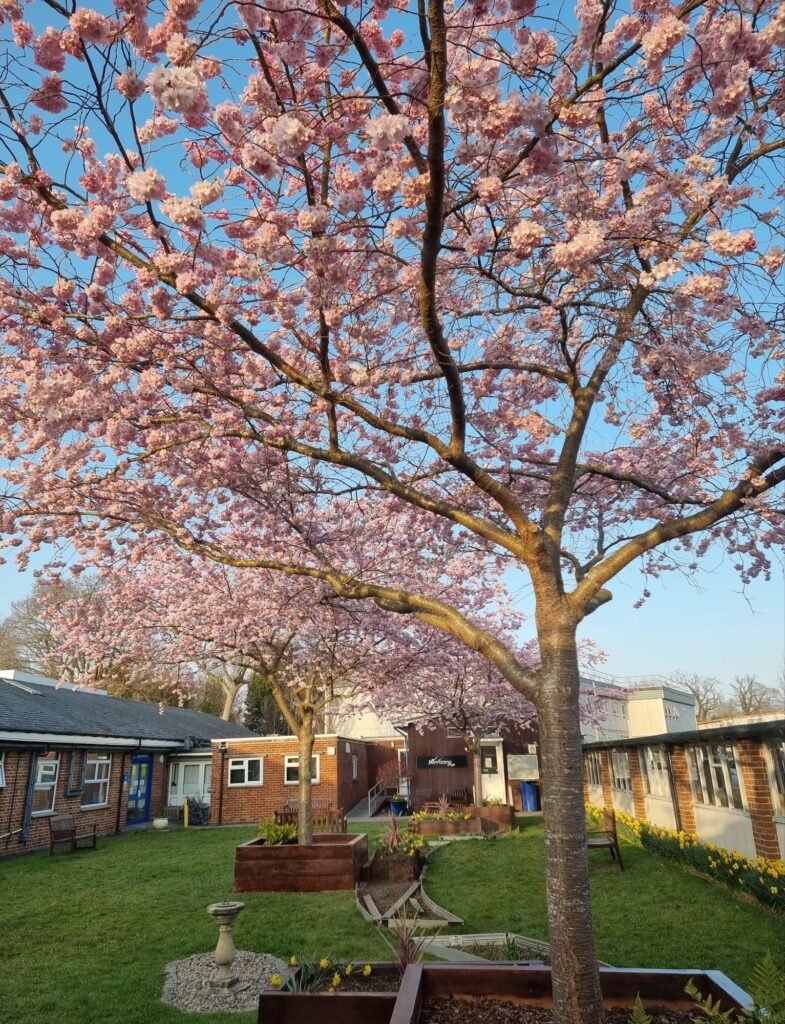

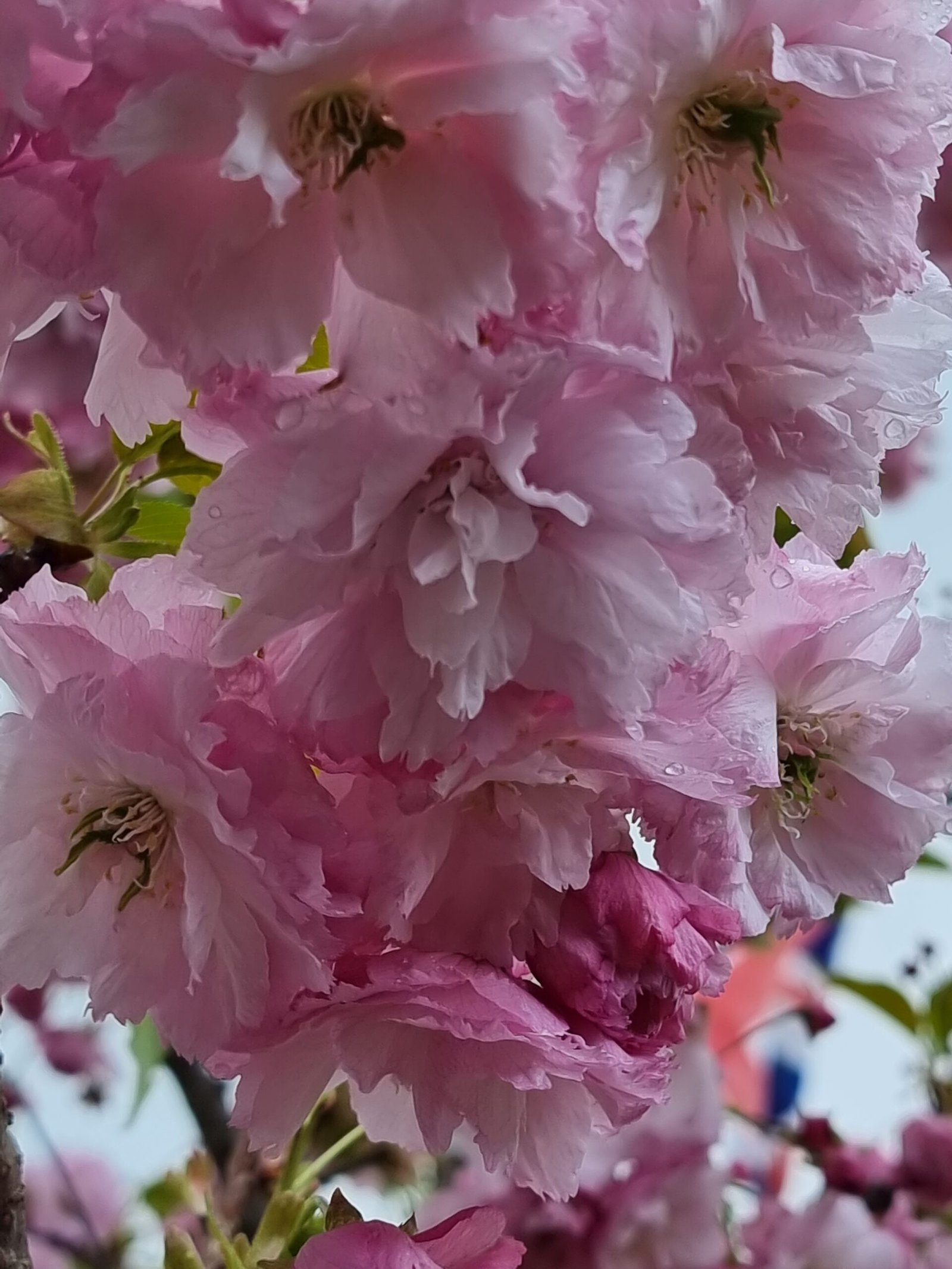



Pingback: A Paint and Pottery Near Me: A Day at Kate's Creative Pottery Studio 2024 - JourneyJournals